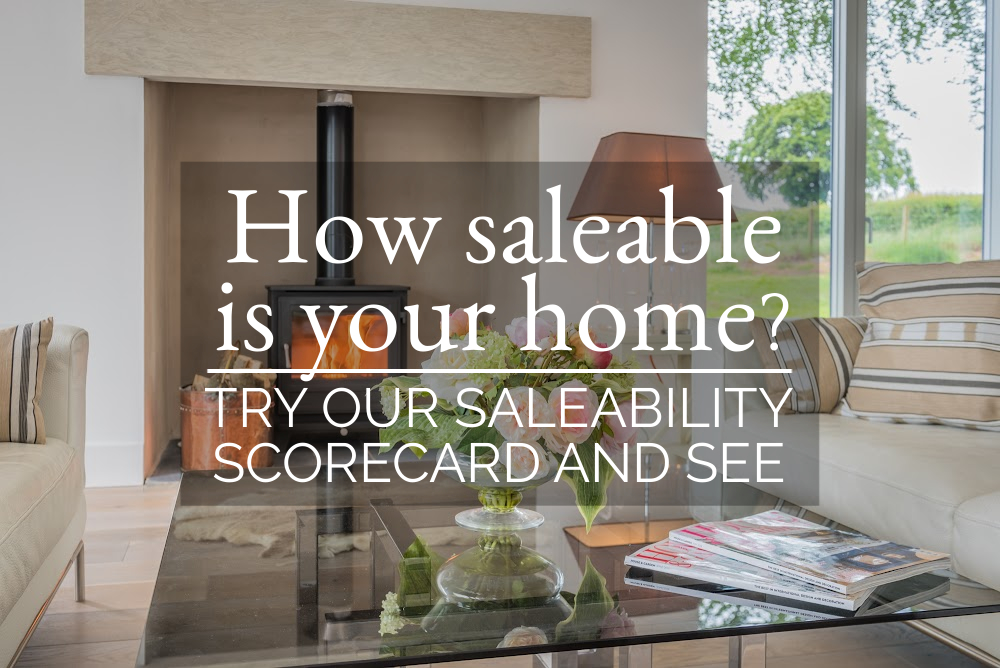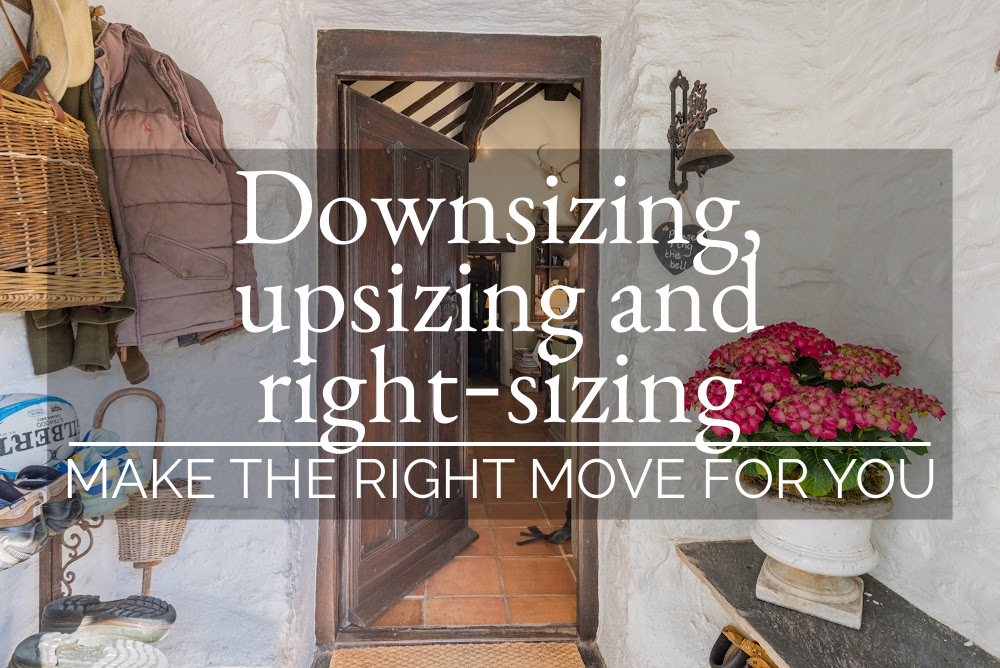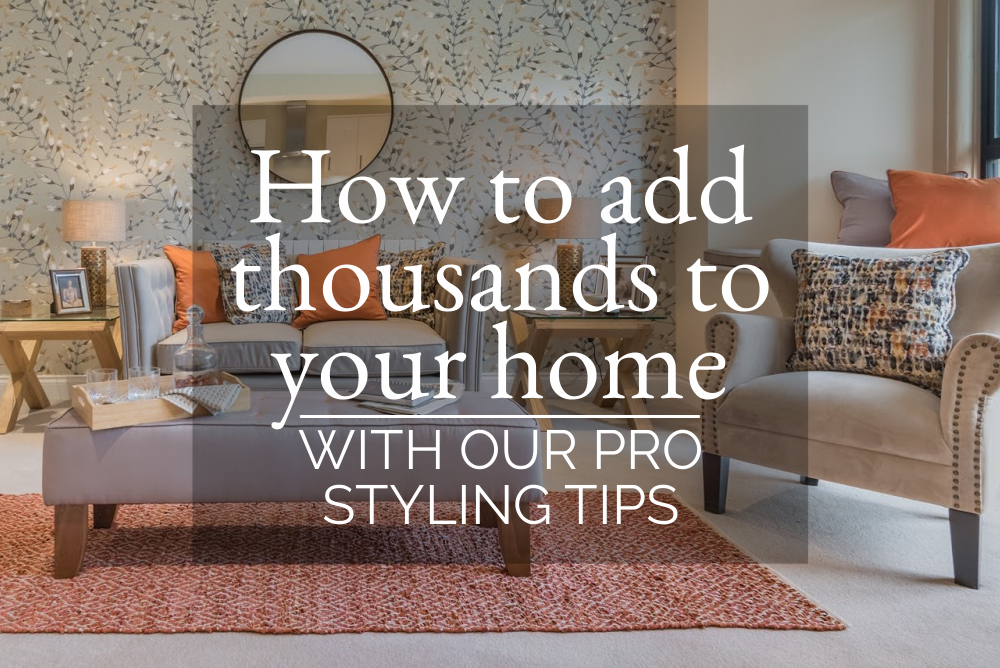Help to Buy
Help to Buy Equity Loan (shared equity)
What is it?
Help to Buy – Equity Loan
Help to Buy Equity Loan is a government scheme designed to help both first-time buyers and home movers. It’s available on new-build homes only, up to a maximum value of £600,000.
Under the scheme, qualifying applicants will get an Equity Loan from the Government of up to 20% (40% if you are buying in London) of the full purchase price of a new-build home.
A minimum deposit of 5% is required, so you’ll only need to secure a mortgage for the remaining 75% (or 55% if you are buying in London).
This means Equity Loans can be worth as much as £240,000 in London, and £120,000 across the rest of England under the £600,000 maximum qualifying value. Equity Loans are interest-free for the first five years.
The Help to Buy Equity Loan scheme is only available in England until 2021. But similar schemes are available in Wales and Scotland. There is no Help to Buy Equity Loan scheme in Northern Ireland.
What properties are included?
•New-build homes only from participating builders
•Properties valued at £600,000 or less
•Homes in England (see Help to Buy Scotland and Help to Buy Wales for the respective equivalents)
Can I take part in the scheme?
•It is open to first-time buyers as well as home movers.
•You’ll need a minimum 5% deposit.
•You must be eligible for a standard mortgage on the part of the property that is not funded by the deposit or Equity Loan. This will be from a participating Help to Buy lender.
•The home must be your only residence – you cannot own or part-own any other residential property
How does Equity Loan differ from other parts of Help to Buy?
The Equity Loan forms part of the Government’s wider Help to Buy scheme. You can find out more about this and its other initiatives for first-time buyers and home movers with our guide.
In February 2016, Help to Buy Equity Loan was extended to create London Help to Buy for buyers in the capital. At 40%, the Equity Loan on this branch of the scheme is double the 20% on offer across the rest of England. This is to take account of higher property prices in the capital.
How much deposit do I need?
For both Help to Buy and Help to Buy London, you must contribute a minimum cash deposit of 5% of the property purchase price. What this translates into in pounds and pence will depend on the total value of the property you want to buy.
This is an example of how Help to Buy Equity Loan will work on a property of £200,000.
Deposit
5% £10,000
Equity Loan (provided by the government)
20% £40,000
Mortgage (secured from a commercial lender)
75% £150,000
Property purchase price
£200,000
How do Equity Loan repayments work?
You will need to pay an initial £1 monthly management fee from the start of the loan until it is fully repaid. Otherwise, it is interest-free for the first five years. But after that point, the Government will start charging.
In year six, you will have to start paying 1.75% of the original loan’s value as interest. And this will climb every year in line with the Retail Price Index (a measure of inflation) plus 1%.
These interest fees (and any management costs – below) are NOT counted towards capital repayments.
How much can I borrow from a lender?
The most you’ll be able to borrow on the mortgage element is 4.5 times your household income. You’ll also need to show the lender that your monthly costs, such as mortgage repayment, service charges and fees, don’t account for more than 45% of your net disposable income.
Finally, your loan must be a repayment mortgage of at least 25% of the purchase price. Interest-only first mortgages are not allowed under Help to Buy.
Will I own 100% of the property?
The Government will own its percentage stake in your home until you have paid back the Equity Loan in full or sold your home.
What are the total fees and costs involved?
In addition to the monthly management fees for the Equity Loan of £1 (paid by direct debit) and interest fees on the loan after five years, budget for the following:
•Mortgage repayments
•Service charges if you buy a house or flat in a development with shared areas that require maintenance
•Council tax
•Life insurance
•Building insurance
•Utility bills
When do I pay the Equity Loan back?
You must pay the Equity Loan back when you sell your home – or after 25 years. The total amount you repay will be the loan plus any interest and charges.
You can opt to repay chunks of your loan – known as staircasing – at any point. However, each repayment must be a minimum 10% of the prevailing market value. For example, if your £200,000 home had increased in value to £220,000, you would have to repay at least £22,000.
What happens to the Equity Loan if my property value changes?
You must repay exactly the same share of the property value as the original Equity Loan. For example, if you secured a 20% loan from the Government at the outset, your repayment will be 20% of the property’s prevailing value when you sell. So if your home grows in value, so will the Government’s share in it.
But it works the other way around too. If the market value of your home falls below what you first paid for it through Help to Buy, you will repay less than the original amount contributed by the Government.
What happens when I want to sell my home?
If you used Help to Buy Equity Loan in England (but not in London) you will receive 80% of the prevailing property value covering the mortgage and cash deposit, while the remaining 20% would be paid back on the Equity Loan.
So if property is sold at a later date for £220,000, you will receive £176,000 – the 80% covering the mortgage and cash deposit. The remaining £44,000 would be paid back to the Government.
Percentages will be different if you buy a home through London Help to Buy, where a 40% loan is provided.
Are there any restrictions?
The Help to Buy Equity Loan is not aimed at helping aspiring buy-to-let landlords. So the home you buy with your loan must be the only one you own. And you won’t be able to sublet the property until you’ve repaid your loan in full.
Where can I sign up for the Equity Loan?
Help to Buy is available from house builders that offer the scheme. To apply, contact your local Help to Buy agent. It will assess your eligibility for the loan and if appropriate, guide you through the process of buying your home through Help to Buy.
Other posts you may like.....

Preparing to sell your home
With spring fast approaching, now is the time to get ready to make sure you’re prepared for selling your home, and moving on. So let’s make sure your home is viewing-ready! Use our room-by-room ‘Preparing to Sell Checklist’ to make sure your whole house looks fresh and attractive to entice a viewer to make an…

New year, new move
If you’re keen to move and your home’s been on the market since last year, check out our blog on what steps you need to take to get moving this new year. The new year encourages many of us to make positive changes in our lives. A popular choice is pledging to do more exercise,…

How saleable is your home? Try our saleability scorecard and see
Selling a home might not be an exact science, but there are a number of factors that will make a huge difference to how successful your sale will be. Our experience has shown us that homes that sell quickly and for a good price tend to have certain key things in common, so we’ve developed…

7 Tips to sell your home in winter
With fewer homes on the market and plenty of committed buyers, winter can be a great time to sell your home. Check out our 7 top tips for selling this season. If you’re ready to move, you might be wondering whether to put your home on the market now or wait until the spring. Well,…

Downsizing, upsizing and right-sizing – MAKE THE RIGHT MOVE FOR YOU
Are you thinking about making a change to where you live? If you no longer need all the rooms in your home, you might have decided to downsize into something smaller. Or perhaps it’s the opposite – you need more space, in which case, it could be time to upsize into a new place. On…

Thinking of changing estate agents? Our smooth move guide
A great agent will be focused on selling your home at the best price, in a timeframe that suits you. If everything goes well, they’ll put the right value on it, market it effectively, then negotiate and progress your sale so you can move on to your new home as planned – and they’ll make…

Summer selling for an autumn move
Summer is a great time of year to sell your home. With bright, sunny days, gardens at their greenest and flowers blooming, your marketing photos will look fabulous! More daylight hours and generally better weather than at other times of year give people much more opportunity to view your home at its best and brightest.…

How to add thousands to your home with our pro styling tips
One way to add value to your home is by renovating it; another is through increasing the amount of accommodation, by either building an extension or converting something like the loft or a garage to create an extra living room or bedroom. But if you don’t want to undertake that kind of building work, or…

6 Simple steps to prepare your home for viewings
We know from experience that the better your home looks and feels when potential buyers come to view, the more likely you are to get an asking price offer. For many people, the decision about whether to buy a home is an emotional one, and we’ve found that, more often than not, they make that…

Turning browsers into buyers – make sure your online advert stands out
If you’ve ever searched online for a home yourself, you’ll know how many listings there are. The broader your search terms, the more results are going to come up, and then you start scrolling through… So, what is it that makes you stop scrolling? When you’re selling, how do you make sure your headline details…
